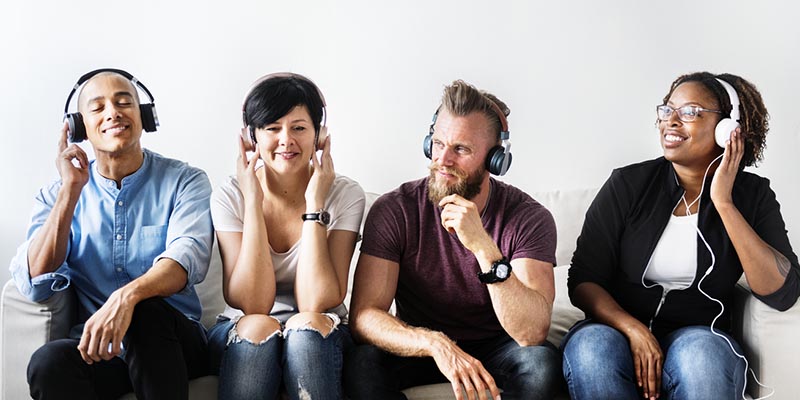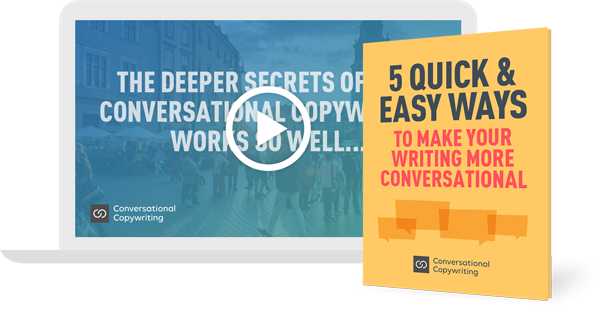
Talking to each other is the most fundamental of all means of communication.
Go back a few tens of thousands of years, and you won’t find any communications technologies beyond simply talking to each other.
This is why audio is so deep-rooted in our psyches. Studies suggest that when we hear someone’s voice, the brain releases oxytocin – the hormone of love, trust, and empathy.
We love to listen, and we want to be heard. Even more, we love to be part of a community where we can both listen and be heard.
And if we revisit that community on a regular basis, we can nurture deeper relationships with others, and develop a true sense of belonging.
This is what audio can do. What voice can do. What conversation can do.
It’s easy to engage with audio content.
It’s tempting to be distracted by more sophisticated technologies like video, virtual reality, and even the metaverse.
They’re all well and good, except for the metaverse… which is kind of a mess right now.
But all these technologies demand a lot of our attention.
To watch videos you have to stop whatever else you’re doing to pay attention. This is hard to do unless you’re sitting down, or standing in line for a bus or for coffee.
With virtual reality, you’re wearing a headset which literally cuts you off from the rest of the world. And with the metaverse, you’re actually in another world.
Audio is a whole lot easier to fit into your life.
You can listen when you’re driving a car, doing the groceries, walking the dog, cooking, or working out at the gym.
Just put on your headset or ear buds and you’re good to go. Fast, easy, intimate, and immersive.
Try one or two platforms simply as a participant.
The platform that really kicked off people’s interest in social audio is Clubhouse. It launched in September of 2020 and for a while dominated the space.
But not anymore. There are now plenty of other places you can try.
- Twitter Spaces
- Discord Stage Channels
- Facebook Live Audio Rooms
- Telegram Voice Chat
- Reddit Talk
And more…
Myself, I’m most familiar with Twitter Spaces. It’s right there in my Twitter account.
I love the simple format. You have one or more hosts and then a crowd of listeners. As a listener, if you want to say something, you can raise your hand. A host can then invite you to speak.
In other words, the space is interactive and conversational. It’s also a great way to deepen your ties to your Twitter community.
As a writer or marketer, you can achieve a great deal with social audio.
This blog is devoted to developing our conversational intelligence.
The posts I write and the course I created focus on using everyday, conversational language when writing sales copy and content.
And where better to hone your conversational communication skills than through social audio?
As a writer – if you listen carefully – you’ll become more familiar with the language and vocabulary of your community and prospects.
As a business owner or marketer – if you listen carefully – you’ll get a much better idea of how your prospects feel, and what it is they really want.
And if you’re a host in a Twitter Space, you’ll find a voice for yourself that your community can enjoy and respect.
Social audio is a terrible place to make pitches in a corporate or promotional voice.
But it’s a great place to listen and evolve a conversational voice that your prospects will relate to and trust.
If you feel an itch to dive deeper into the world of conversational writing, you can find out more about my course here.
